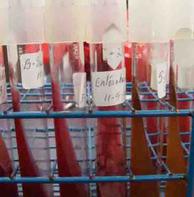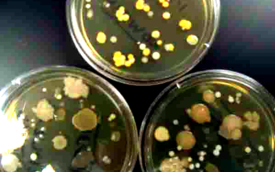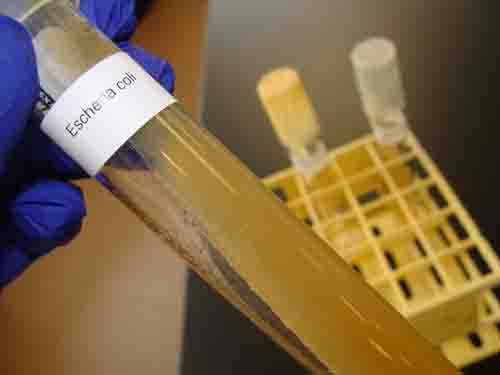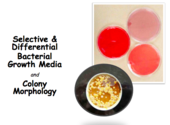 | ||||
Liquid vs. Solid Bacterial Growth Media - P2
SPO VIRTUAL CLASSROOMS
When nutrient agar is poured into test tubes, it is often left to cool with the test tubes positioned at an angle, resulting in slant tubes or “slants.” Slants are handy in that they provide a large surface for aerobic (oxygen utilizing) bacteria to grow on, as well as an area of solid agar in which anaerobic bacteria (those that don’t use oxygen) can be grown.
Media that have been formulated to be solid at room temperature through the addition of agar, have the word “agar” in the name. Nutrient agar is the term for agar that has been combined with nutrient broth.
PAGE 2 < Back to Page 1
End of Article
Sources & Resources
- Bauman, R. (2014). Microbiology with Diseases by Taxonomy, 4th ed., Pearson Benjamin Cummings.
- Media and Culture Laboratory Exercise Main Page from the Virtual Microbiology Classroom.
- Types of Culture Media Used to Grow Bacteria, Lab Notes article with photos and video, from Science Prof Online (SPO).
- Differential & Selective Bacterial Growth Media, Lab Notes article from SPO.
Slant tubes provide a surface for aerobic bacteria and enough media, at the bottom of the tube, to insert anaerobes.
Touch Plates of TSY inoculated with bacteria from unwashed fingertips. Notice wide range of bacterial colonies with distinct morphology.
Slant Tubes prepared by leaning test tubes in a rack, then pouring warm media into the tube and waiting for it to solidify.
Bacteria cannot digest agar, and the broth-agar combination contains water, nutrients and often buffers to help regulate pH, all while providing a solid surface for bacteria to grow on. Bacteria growing on the surface of agar reveal their colony morphology - their characteristic appearance when growing in a group of bacteria that arose from one parent cell. Being able to view a species colony morphology can provide helpful, albeit general, information on the identity of unknown bacteria.
Page last updated: 2/2016
SCIENCE PHOTOS
You have free access to a large collection of materials used in two college-level introductory microbiology courses (8-week & 16-week). The Virtual Microbiology Classroom provides a wide range of free educational resources including PowerPoint Lectures, Study Guides, Review Questions and Practice Test Questions.
 | ||||||






